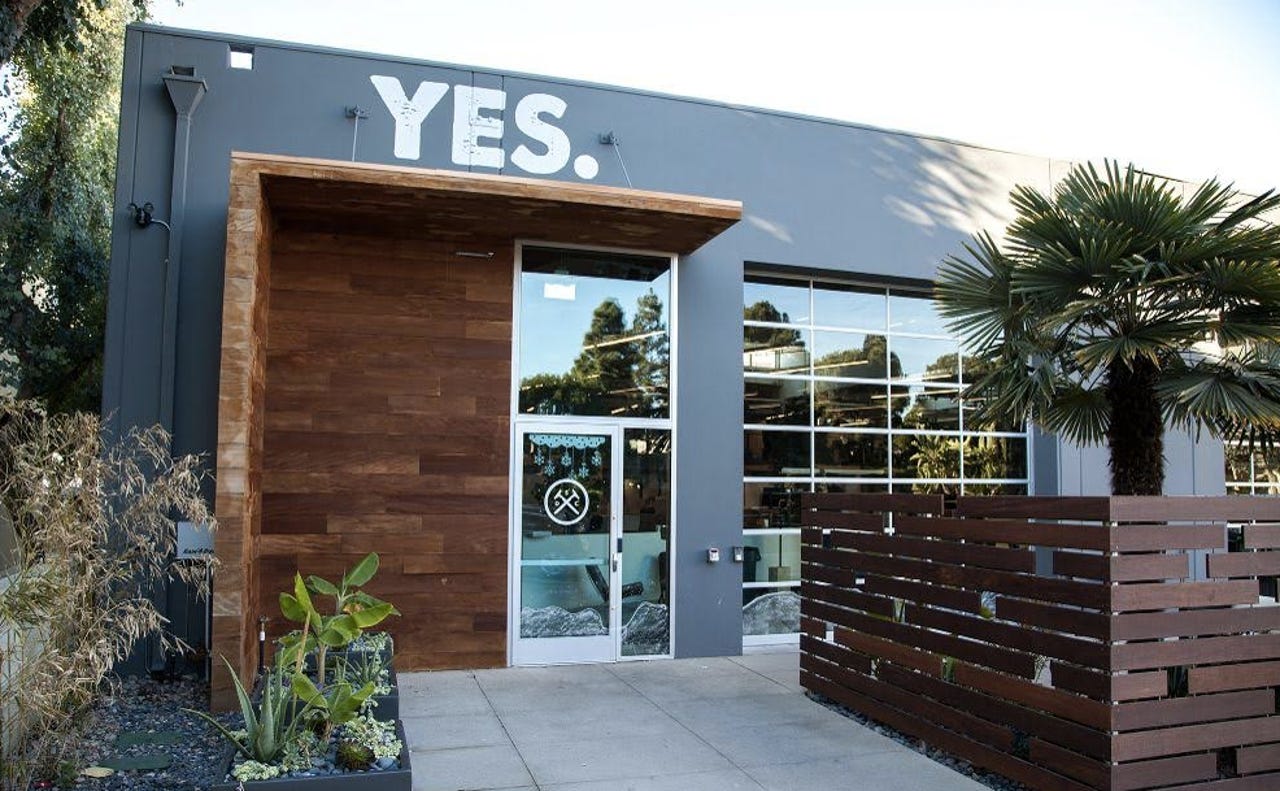How Dollar Shave Club went from viral marketer to engineering powerhouse


Dollar Shave Club's headquarters in Venice, California.
The term "disruptive startup" is somewhat cliché these days, but its use is particularly apt when discussing Dollar Shave Club, the online razor purveyor and viral marketing extraordinaire.
Since its launch in 2012, Dollar Shave Club has amassed more than 3.2 million members and an estimated $240 million in revenue for 2016 through its irreverent, tongue-in-cheek advertisements and low-cost grooming supplies.
The Venice, California-based company has been so disruptive to the razor industry that rival razor maker Gillette decided to launch a similar online subscription service in order to keep pace, and it later filed a patent lawsuit against the startup.
But beyond the social media gimmicks and butt wipe commercials, Dollar Shave Club is operating with a solid, subscription-based business model and is far more tech-savvy than one might expect.
The company employs a team of 45 engineers who have built, in-house, almost the entirety of Dollar Shave Club's IT software and platforms. It's those engineers whom Dollar Shave Club credits for the company's immense growth in just four years.
"People are often surprised that Dollar Shave Club has an engineering team," quipped Jason Bosco, Dollar Shave Club's director of engineering, core platform, and infrastructure. He joined the company in the early days as the second engineer and has witnessed its evolution from a cobbled-together e-commerce website built inside CEO Mike Dubin's garage.
In the beginning, Dollar Shave Club relied on the e-commerce platform Magento for most of its website activity. The company has always used subscriptions as the base of its business model, but Magento did not support subscription billing, Bosco said, which forced engineers to bolt on an external billing product. Naturally, glitches ensued.
"It was then that we realized we had to take control of our technology stack," Bosco said. "So we built our own e-commerce platform for our own business model. That's when the focus shifted to us being more of an engineering company."
Bosco said it took about three months to build the foundation of Dollar Shave Club's new e-commerce platform. The initial focus was on the consumer-facing website, then once that was completed, the team went to work on a series (22, to be exact) of custom-built applications for each business unit.
First up was a custom CRM platform named Brain, which is currently on its fourth iteration as engineers continue to optimize the system for Dollar Shave Club's member services team. Next came Voice, a cross-channel marketing automation platform that currently handles more than 16 million emails sent monthly to Dollar Shave Club customers.
Sticking with the body-parts theme, engineers also built Arm, an order fulfillment software platform that helps customize packaging and shipping; Ears, a telephony system for customer support; Baby Boy, a subscription billing platform that also handles payments and fraud protection; and Hypothalamus, a machine learning and data science engine.
Bosco concedes that homemade IT, even of the upmost professional quality, is not without its challenges. Sometimes it's frustration over how quickly features can be rolled out, while other times it's confusion with how to use the software.
"Everyone understands that we are a growing company," Bosco said. "We can't launch something on day one and have everyone understand it. But we are constantly trying to keep up, and we are always trying to be on par with the third-party offerings."
In terms of infrastructure, Dollar Shave Club is completely hosted on Amazon Web Services (AWS). By the numbers, Dollar Shave Club says it sees 650GB of data usage per day and 9TB of monthly traffic bandwidth, along with 1.5TB in its data warehouse.
Bosco noted that it was the reliability of AWS servers and the customizability of its CDN provider Fastly that helped Dollar Shave Club pull off its first Super Bowl ad with no site downtime.
Featured
"We were able to handle all the traffic the Super Bowl ad sent to us," he said. "Most of our traffic is served out from servers from user locations. This makes the site almost infinitely scalable in that you can throw as much traffic at it as possible and it does fine."
The reference to scalability underscores the basis for much of Dollar Shave Club's engineering efforts thus far.
"Being a disruptive startup means you have to adapt quickly," said Kevin Datoo, chief operating officer of Dollar Shave Club. "We always have a constant evolution because we have to manage scale."
The evolution of Dollar Shave Club is also taking place outside of the IT stack. The company has started to loosen its policy on members-only shopping, allowing non-members to purchase certain products without buying into a subscription plan.
As for Dollar Shave Club's quirky marketing techniques, Datoo admits they have helped the brand "cut through the clutter", but he said it's still the technology that creates a certain seamlessness between customer experience and internal operations.
"From a customer point of view, the marketing differentiates us," Datoo said. "But there's also the fact that we have the technology to make all of this work. What we are doing with data collection, data science, and with operations -- all of this has to come together. It really boils down to the core technology, because that makes it possible."